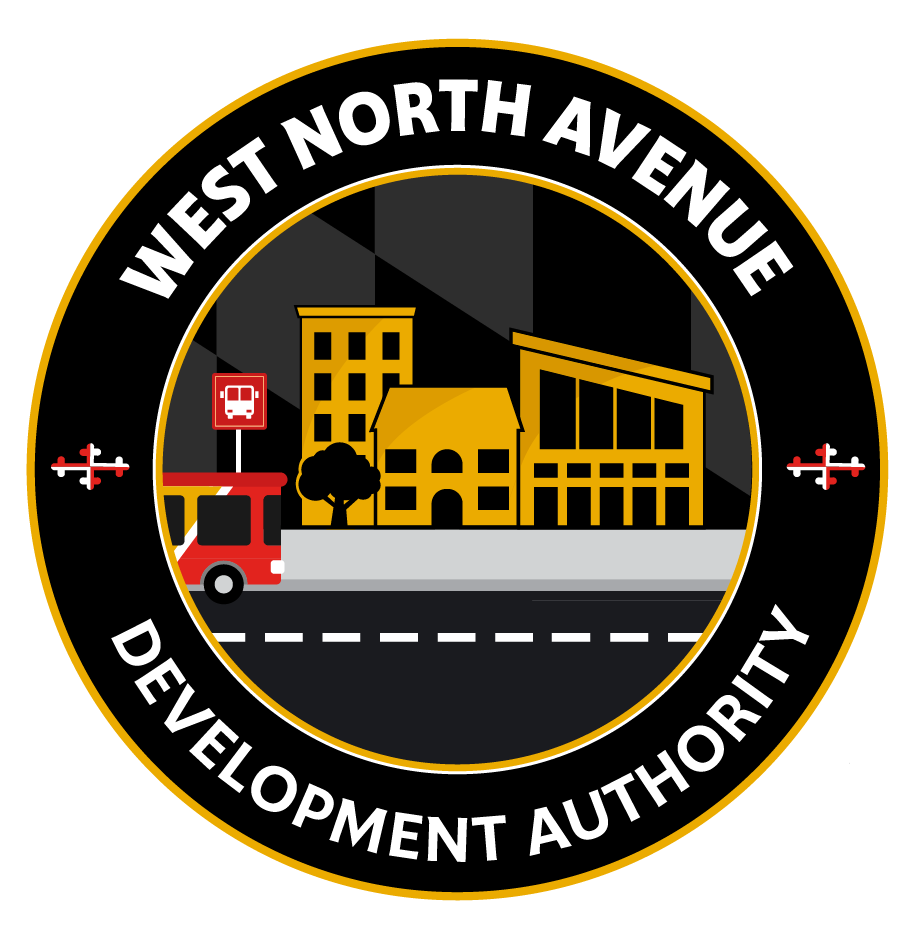State of Maryland Releases 2025 Housing Needs Assessment
The report provides new data and analyses concerning Maryland’s housing market and housing cost burdens following the COVID-19 pandemic
New Carrollton, MD. (July 24, 2025) – Maryland Department of Housing and Community Development Secretary Jake Day today announced the release of the 2025 State Housing Needs Assessment, which expands on and updates the 2020 Housing Needs Assessment, published in December 2020. Maryland DHCD commissioned the report in 2024 and partnered with the National Center for Smart Growth at the University of Maryland College Park to conduct the research and analysis. The 2025 Assessment explores the scope and impact of Maryland’s housing gap, particularly for low-income and elderly households.
“Marylanders want more affordable housing, lower rent, and, ultimately, a chance at homeownership. They want government to play a greater role in delivering on these basic expectations. To find solutions that work, we need to assess the problems honestly and realistically,” said Secretary Day. “Thanks to the National Center of Smart Growth for their work in producing this year’s Maryland Housing Needs Assessment, which further underscores that our state’s lack of housing, especially affordable housing, is hurting the budgets of everyday Marylanders and hampering Maryland’s economic growth.
The 2025 Maryland Housing Needs Assessment is comprised of an Executive Summary and three separate studies, each focused on a specific topic. The Executive Summary details how the housing problems faced by vulnerable populations relate to larger housing affordability issues for all Marylanders based on key findings across the three studies.
Some key findings of the report include:
- Housing production has not notably increased since the onset of the COVID-19 pandemic; the State will need approximately 590,186 new units to accommodate projected household growth through 2045. Chronic underproduction exacerbates the mismatch of supply and demand, resulting in high housing cost burdens.
- Maryland’s regulatory landscape has tended to emphasize local control of land-use decisions, but local governments have used their authority to restrict housing development through low-density zoning, APFOs, and urban containment strategies that are the main drivers of high housing costs across the state.
- Homeownership is increasingly out of reach for Marylanders, with only 49% of moderate income households able to afford the median home in 2022, down from 75% in 2000.
- Maryland’s older adult population is increasing, with older adults aged 65+ projected to make up 21% of the total state population by 2040. Maryland currently lacks sufficient housing options, including notably age-restricted affordable housing, to meet the needs of its aging population.
- The burdens of housing costs and affordability gaps disproportionately affect Maryland’s Black and Hispanic residents.
“The report brings together a range of federal, state and local data sources, methodologies and subject matter expertise to expose the multi-sector challenges facing Maryland’s affordable housing supply,” said Kate Howell, Director of the National Center for Smart Growth Research and Education at the University of Maryland College Park. While the challenges may look different across different regions, age groups and communities, this report underscores the need for creative policy solutions and new partnerships.”
The Housing Production and Zoning Capacity study analyzes Maryland’s regulatory landscape, recent trends in housing production, and zoning capacity related to the state’s projected housing growth through 2045. Per this study’s findings, Maryland needs more than 590,000 new housing units to accommodate projected growth, which cannot be supported by the current, underperforming pace of construction. Maryland’s communities also have the most restrictive land use practices in the region, creating an additional barrier to housing production, particularly higher-density development.
The Housing Gaps study analyzes the challenge of housing affordability in Maryland for all residents, with a special focus on vulnerable populations. The study finds that Marylanders across the State are increasingly unable to afford their rent due to the shortage of housing units and rising rents. In more than half of Maryland’s counties, at least 50 percent of renters are cost-burdened, paying more than a third of their incomes for housing with an increased impact on minority communities. Maryland has a current shortage of 275,000 rental units that are affordable for households earning 80% or less of Area Median Income, and homeownership is out of reach for many due to rising home prices.
The Housing Needs of Older Adults study analyzes housing needs and trends for Maryland’s older adult population. Maryland’s older adult population, aged 65 years or above, is increasing significantly, projected to grow from 16% of Maryland’s total population in 2022 to 21% by 2040, While most would prefer to stay in their community, a lack of local housing options and costly home repairs are challenges for Maryland’s seniors. Additionally, older Marylanders have an increased likelihood of developing a disability as they age, impacting their ability to live independently.
The Assessment’s Executive Summary presents several recommendations to address Maryland’s housing needs. First, increasing overall housing production in tandem with upzoning for denser housing types. Second, increasing production of affordable homes, and preserving existing affordable housing stock, especially for older adults and extremely low-income renters. Third, the state must continue to emphasize and provide supportive housing to those experiencing homelessness.
Additionally, the Maryland Office of the Comptroller will release a report later this year expanding on a key finding from the first State of Maryland’s Economy report, showing that the cost of living, particularly housing, is a main driver of domestic outmigration in Maryland.
“Maryland faces significant affordability challenges that push people out of the state or deter them from moving here altogether. Housing needs to be available and affordable at every price point so that we can attract and retain residents and businesses that enable economic growth,” said Maryland Comptroller Brooke Lierman. “As a delegate, I was proud to champion a requirement for a housing needs assessment, and this latest report provides data and perspective that will strengthen our shared understanding of the housing shortage in Maryland. I look forward to adding to this conversation with our next report in the State of the Economy series focused on the impact of housing supply, demand, and cost on migration that will be released later this year.”
To view the full report, click here.
# # #



